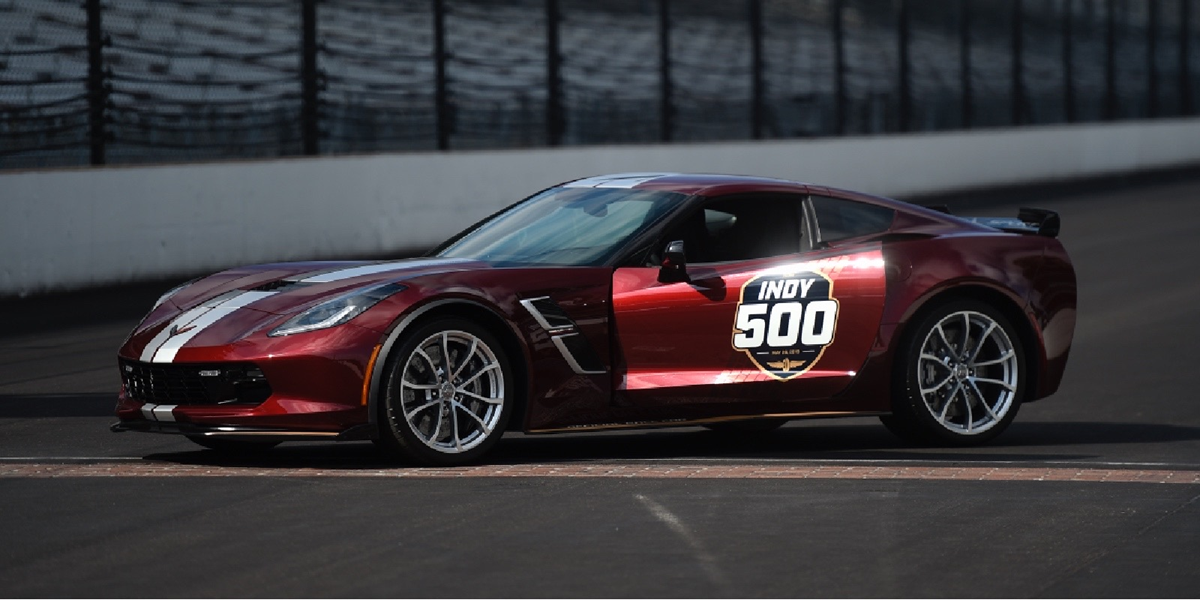
Indy 500 Traditions: Pace Car Usage Originated In Indy
May 17, 2020 | By Donald Davidson, Indianapolis Motor Speedway
The Pace Car began with the very first “500” in 1911. With 40 cars meeting the qualification requirements to start the inaugural race, Speedway President Carl G. Fisher concluded that this was too many for the traditional standing starts employed at all racing events in those days.
He thought back to his not-too-distant days as a bicycle racer, when “flying” starts were used. All of the standing starts at Indianapolis Motor Speedway events in 1909 and ’10 had begun with eight or nine cars per row, with very few events requiring a second row.
Fisher decided it would be safer to instead line up the cars in rows of five and lead them away behind a passenger car for one unscored lap, then pull over to the side of the track on the main straightaway and release the rolling field to the flagman. The drivers generally liked the idea but suggested that one of their own, particularly Ralph DePalma, should lead the field at the start and then fall into position. But Fisher decided to it himself with a Stoddard-Dayton car, of which he happened to be the local dealer. Some sources have suggested that it was James Allison’s personal vehicle.
On the day before the race, once the field had been set, Fisher carried out several experiments at varying speeds using 12, 18 and finally 25 cars. Allison rode with him.
The first couple of attempts were a little on the ragged side, but discussions would take place between Fisher, Allison and the drivers, and it was finally agreed upon that 40 to 45 miles per hour was about the right speed. While a pace vehicle is believed to have been used at a program for electric-powered cars at Narragansett Park, Rhode Island, in 1896, it is believed that the 1911 “500” was the first major event anywhere in the world at which a pace vehicle was employed for a start.
A pace car therefore has been used to start every Indianapolis 500 ever held.